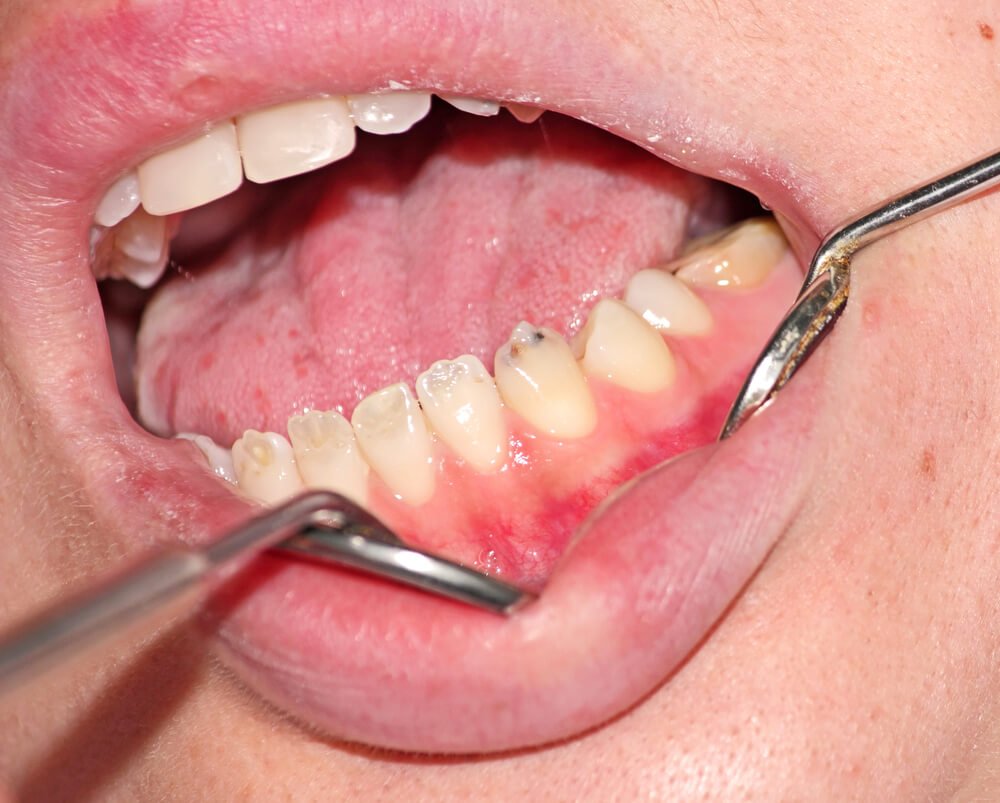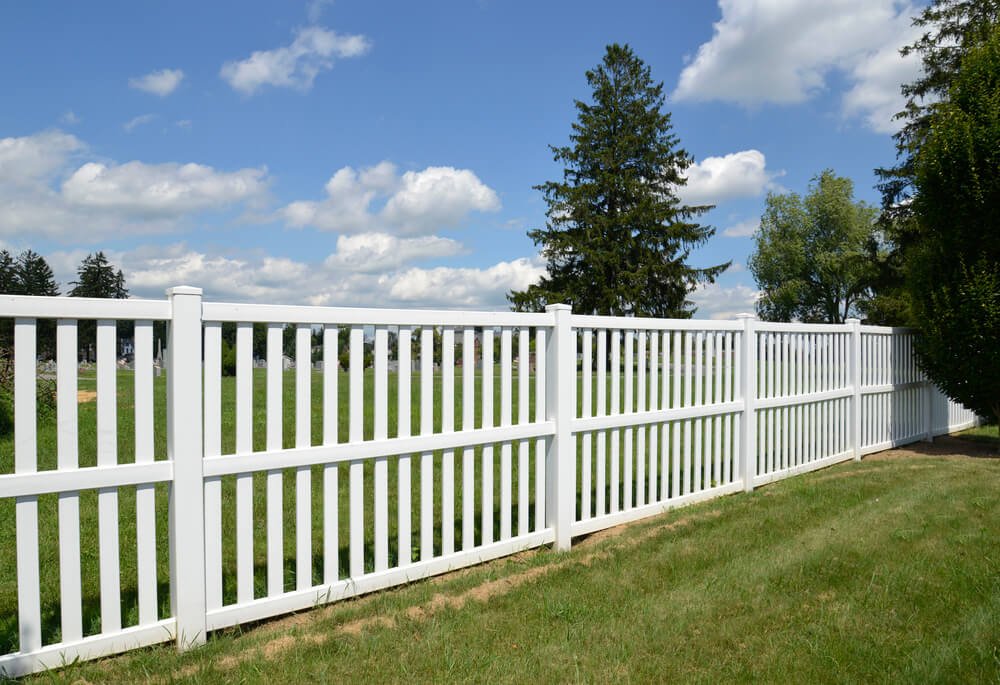
What is Enamel Hypoplasia?
Enamel Hypoplasia is a condition that has to do with the tooth enamel. It can be a condition that lasts your entire life. Sometimes it doesn’t last that long but be aware that it can. There are a few factors that can put someone at risk for it. But before we start on that, let me break down what tooth enamel is exactly.
First, What Is Tooth Enamel Anyway?
Enamel is like a shield for your teeth. It keeps hot and cold foods from hurting the tooth itself. It is a clear protectant for your teeth. Without it, you can experience some tooth decay and pain. Not to mention, several other harmful consequences. Let’s go over what tooth enamel does for your teeth and what it is.
- It is a Tooth Protectant.
- It is 90% mineral.
- It is the hardest part of your body. (Yep, even harder than your femur.)
- It is dissolvable over time by acid and bacteria in your mouth. (That is why it is good to brush after drinking certain juices or eating something acidic.)
- Keeps your teeth from becoming sensitive.
- Prevents staining and cavities.
What Does This Have to Do with Enamel Hypoplasia?
Everything. You see, without that enamel, your teeth can be in for a rude awakening. But what if I told you that with enamel hypoplasia you can lack the right amount of enamel your teeth really need. So, in a nutshell, Enamel Hypoplasia is a condition that leaves you without enough enamel on your teeth, causing destruction and pain to their teeth.
What Causes Enamel Hypoplasia?
Kim G. Roberts DDS, a Dentist in Salt Lake City, says that there are two forms of enamel hypoplasia. Each act similar, yet the causes are from different sources. I want to break down each form into sections to show what and how someone can get enamel hypoplasia.
Cause #1 is Environmental Hypoplasia.
Sometimes Enamel Hypoplasia can be avoided. If you consider the risks factors when someone is still at a young age, it may be prevented. Both the first (baby) and second (permanent) sets of teeth can be affected by it. Here are some common factors that cause environmental hypoplasia.
- Being premature.
- A low birth weight.
- A longer delivery at birth.
- Certain viruses or bacteria that can cause high fevers for a prolonged time.
- Malnutrition
- Lack of A, C or D vitamins.
- Trauma to the mouth or teeth.
- Lack of dental health education.
Cause #2 of Enamel Hypoplasia is Genetics.
Sometimes people are born more apt to have enamel hypoplasia. If someone in the family tree prior to your birth has Hereditary Enamel Hypoplasia, there is a chance you may have it too. There is no way to prevent it in this case. The formation of it starts showing soon after baby teeth have broken through.
Here are some common aspects of Hereditary Enamel Hypoplasia…
- Darkened or gray baby teeth.
- Enamel is missing at least one of the three main stages in enamel. Either the formation, mineralization, or maturation.
- Teeth are unable to develop properly.
- The enamel is brittle.
- Possible cracks.
- Soft teeth.
Sometimes the teeth do not form in all three stages resulting in enamel hypoplasia. Carefreedental.com has a lot of valuable information.
How Do You Treat Enamel Hypoplasia?
Depending on how severe the condition has progressed, will be the underlining determination on which process to take. Only a dental professional can fully access the mouth and know what steps to take because every individual is unique in the situation. Here are some common steps taken though:
- Bleaching-in light cases- to remove any coloring that has taken place.
- Regular bleaching.
- One process of bleaching.
- Fillings for cavities.
- Crowns on the affected tooth
- Tooth removal for severe cases. At this point, they can replace the missing tooth or teeth with bridges or even dentures. Sometimes dentures are the best action to take. They have amazing implants out today.
- Or veneers.
There are all sorts of treatment available for this condition. The sooner you can get treatment the better. Remember that even if you must wait a little while to get it, it is not too late. The sooner the better though in any case.
How Can You Prevent Enamel Hypoplasia?
The best way to treat an illness is to prevent it. There are steps that you can take to protect your mouth and reduce the amount of damage that is caused by enamel hypoplasia. I have listed some tips to prevent it below. Also, TopDentists.com has some tips on treatment etc.
- Adding in additional vitamins of A, C and D.
This can be with supplements or eating certain foods high in these vitamins. - Focusing on good oral hygiene.
This is not just great with this condition, but great for your mouth period. So, flossing, brushing and mouthwash is highly important. - Regular dental visits.
Additional Information.
It is important to know all your resources to be well educated in preventing this condition. Here is a link to youtube.com for more information.








